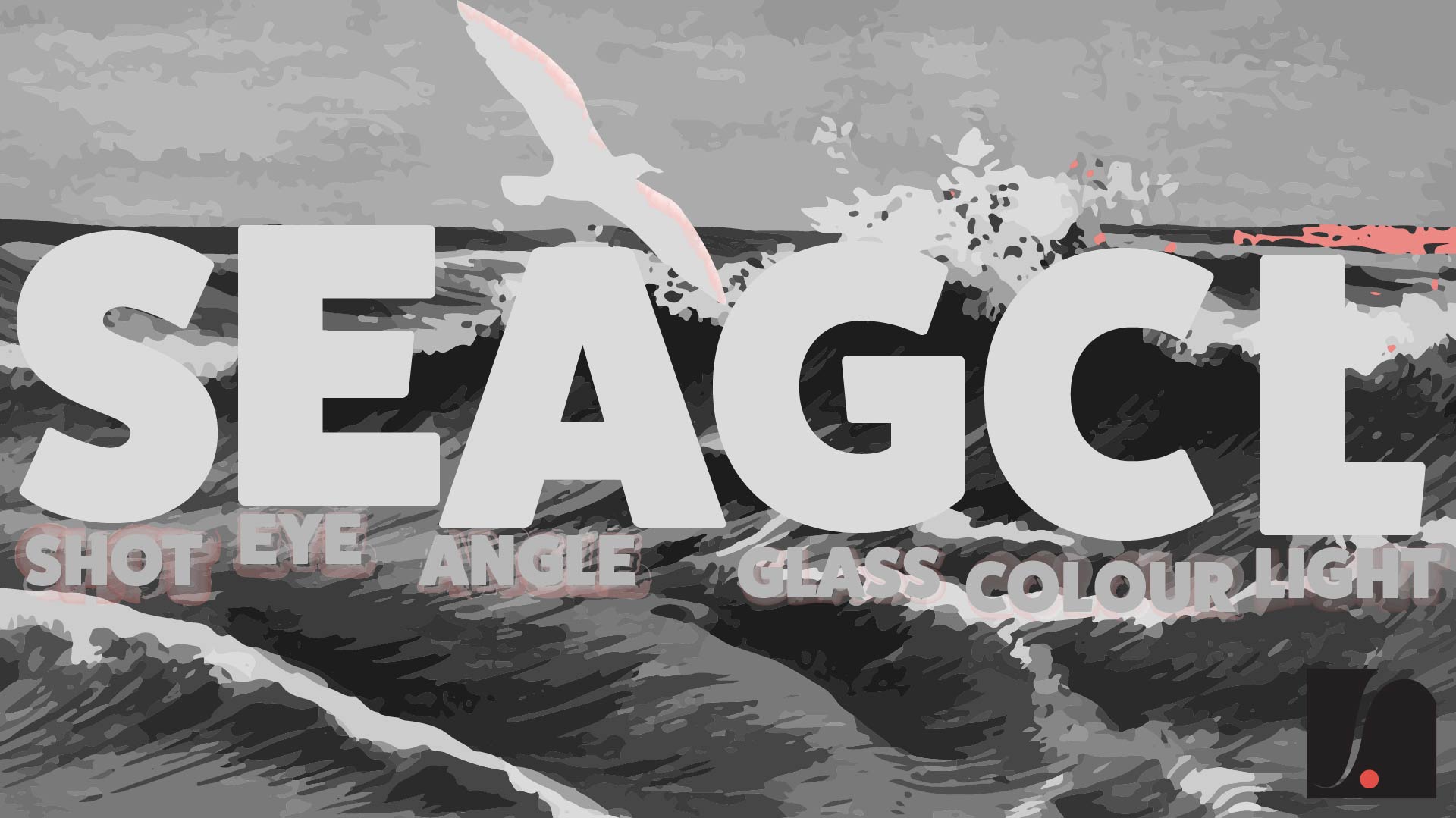 A solid film that can stand on its own without text (sometimes even without voice). I’m not saying that to be a good you need to forgo text or voice, but if it’s good, real good, there may not be any need to add it in (chances are it may not even be read or heard). Take, for example, the new ad for Voltaren, of all things. It’s a short film – a story of an older man who longs for purpose; a reason to ride again. For this spot, director Jamie Rafn has put his mastery of screen conversation on display. Each sequence is a carefully crafted conversation that leads us through a series of reveals. The unspoken conversation with the photograph and the old man. The camera that hangs on the old man’s face when he takes the cover off the bike. The look in his face as he sees his grandaughter’s reaction. All of it unspoken, without the support of additional visuals. Sure, it’s an ad for some stuff you rub on your skin when you’ve got the aches and pains associated with older life, but it’s one beauty of a well told story.
A solid film that can stand on its own without text (sometimes even without voice). I’m not saying that to be a good you need to forgo text or voice, but if it’s good, real good, there may not be any need to add it in (chances are it may not even be read or heard). Take, for example, the new ad for Voltaren, of all things. It’s a short film – a story of an older man who longs for purpose; a reason to ride again. For this spot, director Jamie Rafn has put his mastery of screen conversation on display. Each sequence is a carefully crafted conversation that leads us through a series of reveals. The unspoken conversation with the photograph and the old man. The camera that hangs on the old man’s face when he takes the cover off the bike. The look in his face as he sees his grandaughter’s reaction. All of it unspoken, without the support of additional visuals. Sure, it’s an ad for some stuff you rub on your skin when you’ve got the aches and pains associated with older life, but it’s one beauty of a well told story.
https://www.youtube.com/watch?v=8ZYQDE8mQBU
Refine Screen Conversation with SEAGCL
Here are a few things that we do to refine a story told through a series of visuals (once we’ve come up with a rough storyboard/direction for the short film). We’ll start big and refine down to the details:
- Identify how each shot advances the story (does the shot belong? is it important?).
- Look for opportunities to lead the eye (where will the action in one shot end and the next pick up?).
- Look for ways to show the conversations happening in your character’s head (what angle will do this best?).
- Choose your glass wisely (is wider or tighter better? shallow or deep depth of field?).
- Determine a dominating colour in the scene and if it helps advance the story (while the busyness of colours in our everyday lives is reality, on screen it doesn’t help the viewer focus).
- Identify the parts of the scene that need to be lit – not just for proper exposure but again, to highlight what helps tell the story.
 Refine Your Shots. In an effort to make everything we do into an acronym, we came up with SEAGCL (Shot Eye Angle Glass Colour Lights).
Refine Your Shots. In an effort to make everything we do into an acronym, we came up with SEAGCL (Shot Eye Angle Glass Colour Lights).
These are a few of the elements that we consider when refining a storyboard. It’s part of our process leading up to a shoot. Every production company will do this slightly differently, and through practice, you’ll refine your own process. Happy filming!


